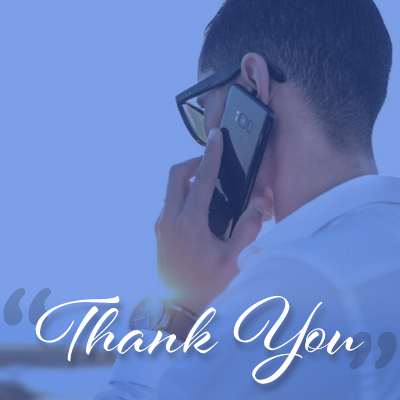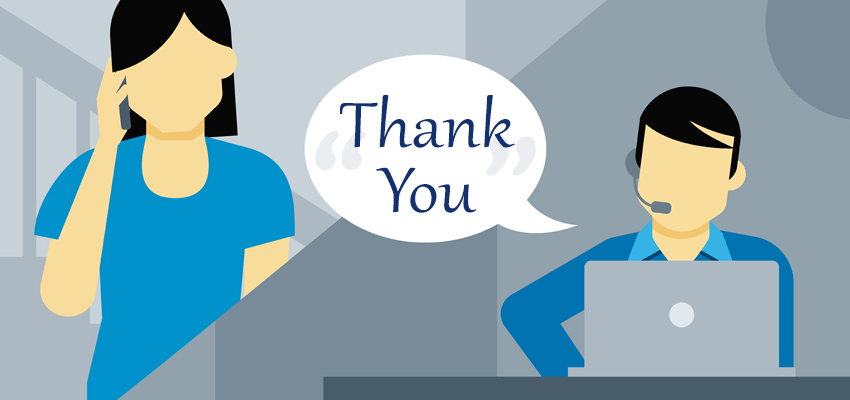Don’t Forget the Thank-You Call: 6 Data-Backed Ways to Increase Donor Loyalty and Gift Size

At Cygnus Applied Research, we’re committed to translating donors’ changing needs and sensibilities into practical strategies that raise more money. One thing we’ve learned is that regardless of how the gift was acquired (via a direct mail ask, an online appeal, etc.), personal thank you calls are exceptionally effective at fostering loyalty and continued giving.
Some interesting results about the outcomes and effectiveness of thank-you calls include the following:
1. Board members are especially effective
Board members are especially influential with donors, inspiring them to give again and give more generously. In our initial controlled test where a board member called 10% of new donors within 48 hours of receiving their gifts, the test group gave 39% more than the control group in the next appeal.
Moreover, the impact continued: after two years, donors who received a thank-you call from a board member stayed loyal at a rate of 70%, while the long-term loyalty of the control group was less than 20%. (Complete information about this test and other research related to thank-you calls are explained fully in my book Donor-Centered Fundraising.)
2. Board members also benefit
Calling donors to say thank you also has a positive influence on the board members who make these calls, increasing their confidence and willingness to engage more fully in fundraising. (Calling to say thank you IS fundraising, because it positively impacts renewal and gift value among donors who receive the calls.)
3. There are other kinds of influential callers
According to donors in our research studies, there is a “pecking order” of influence, and board members always emerge as the most influential callers (influence is measured by consequent renewals and higher gift values). But, calls from people who represent the highest authority and/or the most senior experts—such as CEOs, artistic directors, professors, physicians, etc.—also exert significant influence on donors and their willingness to stay loyal and give more generously.
Professional fundraisers are the least influential, not because they are unskilled but simply because they are paid to raise money. That said, fundraisers’ thank-you calls do produce positive results and fundraisers should not deny themselves one of the perks in the business: talking to donors when you’re not asking them money.

4. Always call first-time donors, regardless of gift size
While calling to say thank you influences every donor at every gift level and donation history, it’s especially important to call first-time or relatively new donors because this is where donor attrition is most severe. Donor acquisition is the most expensive fundraising activity relative to the number of donors acquired and average gift value; and donor attrition is most severe between the first gift and second ask or campaign—now at an alarming 65%!
Calling new donors to say thank you has a mitigating effect on attrition and raises gift values higher and sooner. This snowball effect spreads all the way up the giving ladder, because when you can influence donor retention early, more donors keep giving and more donors move sooner into mid-level and major gifts where most fundraising profit is secured.
5. Timing matters.
Calling donors within 48 hours of receiving their gifts produces the best results, but if this isn’t possible, calling within 30 days is also effective. Calling after the 30-day window is considerably less effective, especially for organizations that are heavy solicitors (something which we have also proven to be counterproductive.)
6. It's OK to leave a message.
If the donor doesn’t answer your call, it’s fine to leave a brief message: Voicemails are equally effective as reaching donors in person.
For more information about our research and services, visit us at www.cygresearch.com.
